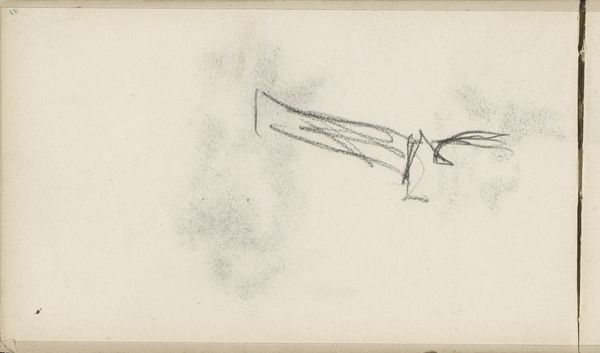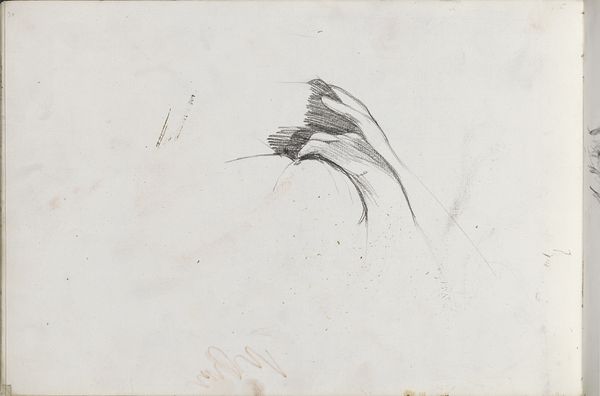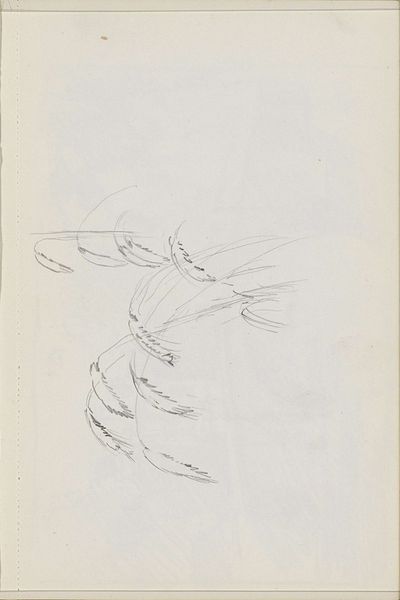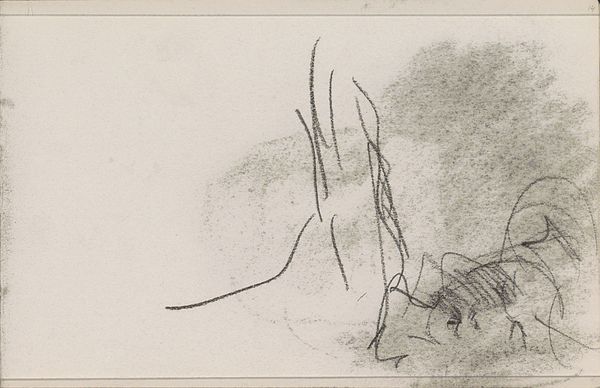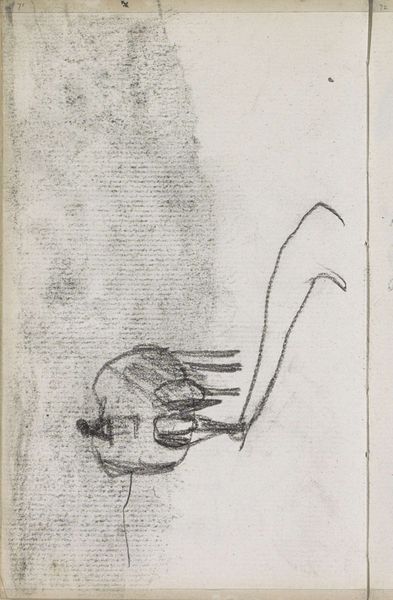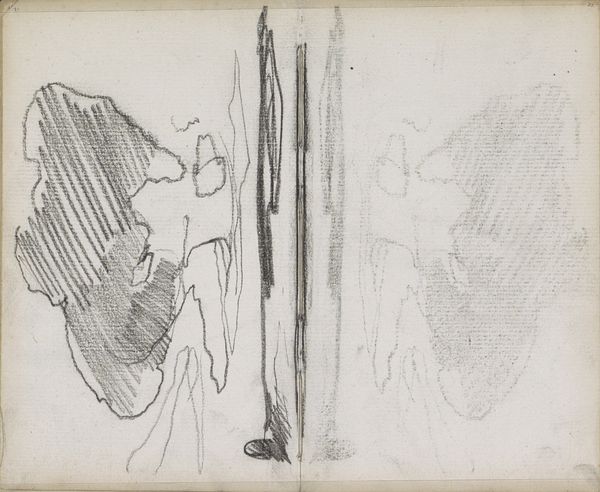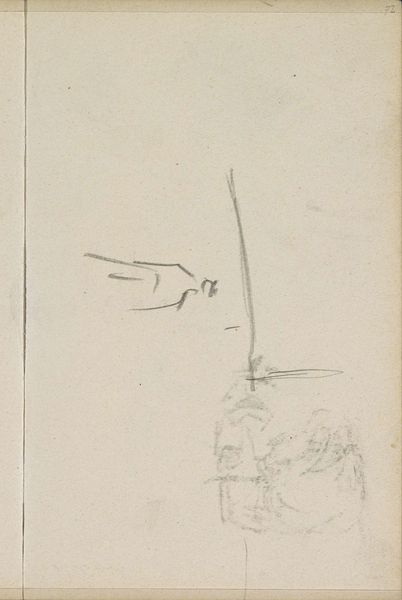
drawing
#
drawing
#
amateur sketch
#
toned paper
#
light pencil work
#
pencil sketch
#
personal sketchbook
#
ink drawing experimentation
#
pen-ink sketch
#
sketchbook drawing
#
pencil work
#
sketchbook art
Dimensions: overall (approximate): 47.7 x 61.8 cm (18 3/4 x 24 5/16 in.)
Copyright: National Gallery of Art: CC0 1.0
Editor: Here we have John Singer Sargent's "Studies of Hands," a drawing. It's a quick sketch, but I’m struck by how much emotion is conveyed even in these simple lines. How do you interpret this work? Curator: These hand studies offer us a peek into the artist’s process. Hands, of course, are deeply symbolic. They represent labor, creation, connection, and even oppression. Given Sargent's social milieu, how might we consider these studies in relation to the late 19th-century class dynamics? Editor: That's interesting, I hadn't thought about the class implications. I was mostly seeing the artist practicing and perfecting a difficult part of the human anatomy. Curator: Precisely, but practice isn’t neutral. Who had the leisure time to engage in such studies? Consider also the historical representation of hands – working hands versus the delicate, idle hands of the aristocracy. Do these sketches evoke either of those binaries? Editor: Now that you mention it, I see a certain elegance in the lines, even though they’re just sketches. It makes me wonder about the social standing of the person whose hands he was drawing. Curator: Exactly. Sargent often painted portraits of the wealthy elite. It's vital to think critically about the social contexts embedded even within seemingly simple studies like this. How might our understanding shift if these were studies of working-class hands? Editor: It would definitely change the way I see the piece, framing it more in the context of labor and possibly struggle. This gives me a lot to consider about the relationship between artistic practice and social power! Curator: And that critical inquiry, that intersectional lens, enriches our appreciation beyond the purely aesthetic. We're seeing not just technique but a dialogue with history itself.
Comments
No comments
Be the first to comment and join the conversation on the ultimate creative platform.

